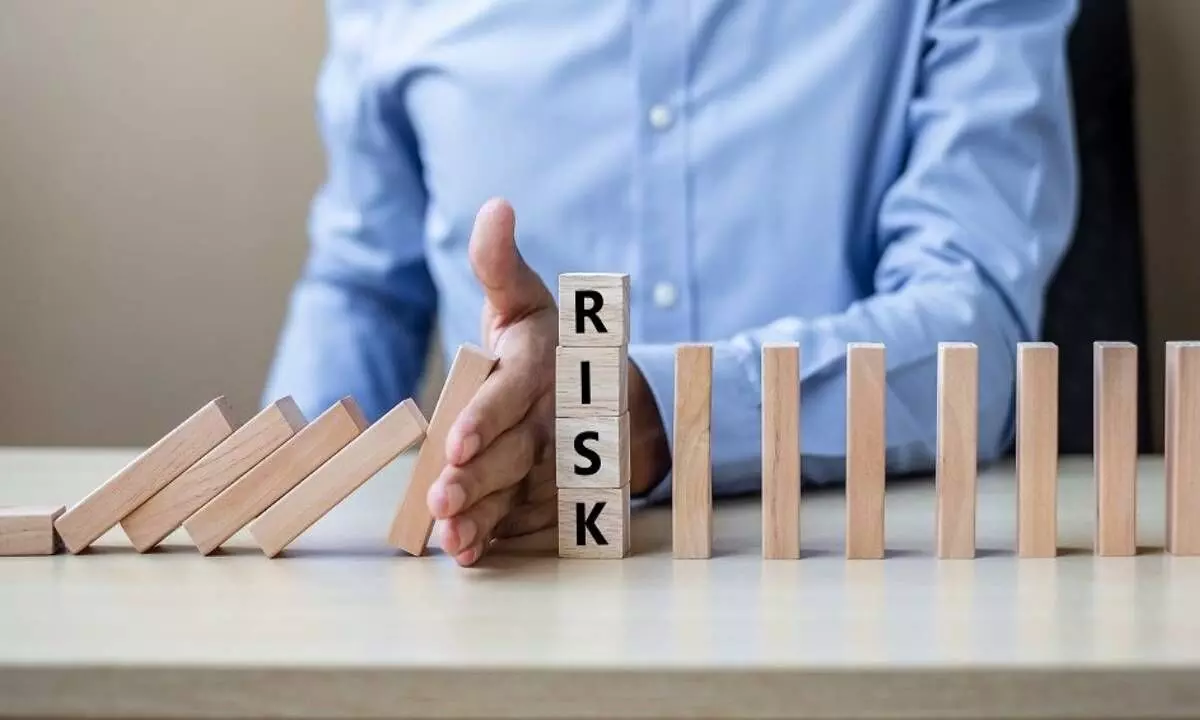Considering risk 'capacity' as important as assessing risk tolerance
Ideally, the investment approach or asset allocation should be driven by the risk capacity than of risk tolerance
image for illustrative purpose

When investing, most investors do concentrate on the returns it would generate but that’s natural and required. What is, however, needs an equally important consideration is the risk one is subjected, to generate those returns. Also, very few people do assess what their risk profile is, especially while opting for an investment. Of course, there’re plethora of risk profiling or risk tolerance questionnaires available online to make a quick self-assessment.
So, what we usually consider is the risk tolerance that’s the ability to handle a certain level of risk or loss to our investment or portfolios. The questionnaire typically has hypothetical questions about how one would respond when the markets tumble. Would one add more to the investment as the value falls or wouldn’t respond and may be even pull out of the investment? This gives a glimpse at our risk behaviour is and thus the level of tolerance to the risk.
Then there are dwelling further into hypothesis of if the markets were to correct from there and how one would respond those circumstances. Then there would be questions like what could be the maximum loss (percentage) one is willing to accept in any given year, etc. These questions help individuals to imagine losses of a certain magnitude and check how they would respond to them. That possibly helps to derive the ability to absorb short-term losses, etc.
While assessing risk tolerance is necessary, it’s important to consider another important metric, ‘risk capacity’. It portrays how much risk one’s finances can realistically absorb at any given risk event.
For instance, consider young unmarried working individuals with almost no immediate responsibilities like supporting their parents, no debt while there’s a plenty of cushion available as support from his immediate family in case of any big-ticket expenses. They could have high risk capacity as they’re young and with no obligations. But, despite the presented scenario, these people invest in bank fixed deposits, Provident funds (both employee and public) and other traditional avenues only. In this case, the risk tolerance is low despite a high-risk capacity, as the individual can’t stomach the short-term vagaries of the equity markets.
Risk tolerance is a function of personality, past experiences, financial awareness, behaviour and thus the arrived comfort zone towards a particular investment. While, risk capacity is determined by the personal P&L statement (income/expenses), goals, time horizon and dependency factors. So, ideally, the investment approach or asset allocation should be driven by the risk capacity than of risk tolerance. No, it’s not that the latter doesn’t matter but the investment philosophy based ‘only’ on risk tolerance could harm the individual.
This is because the risk tolerance is a function of memory and emotions ie, past experiences and state of mind at that point of time. Humans generally tend to make relatively riskier decisions than their norm when elated or when things are going in their favour and vice versa. So, people tend to misestimate their risk tolerance depending on the circumstances and rarely remain stoic.
If one were to dedicate more energies towards understanding their capacities (risk) then they could allocate resources (capital) to productive investments. Also, in riskier investments like equity, time-horizon is one of the biggest risk-mitigating factors which is one of the main considerations in determining the risk capacity.
However, it should be noted that administering the risk questionnaire once wouldn’t help to make decisions for a lifetime. One need to reassess this each time there’s a review of the goals or fresh leg of investment planned as preferences, experiences and so the mindsets turn dynamic when subjected to changing circumstances.
(The author is a co-founder of “Wealocity”, a wealth management firm and could be reached at [email protected])

